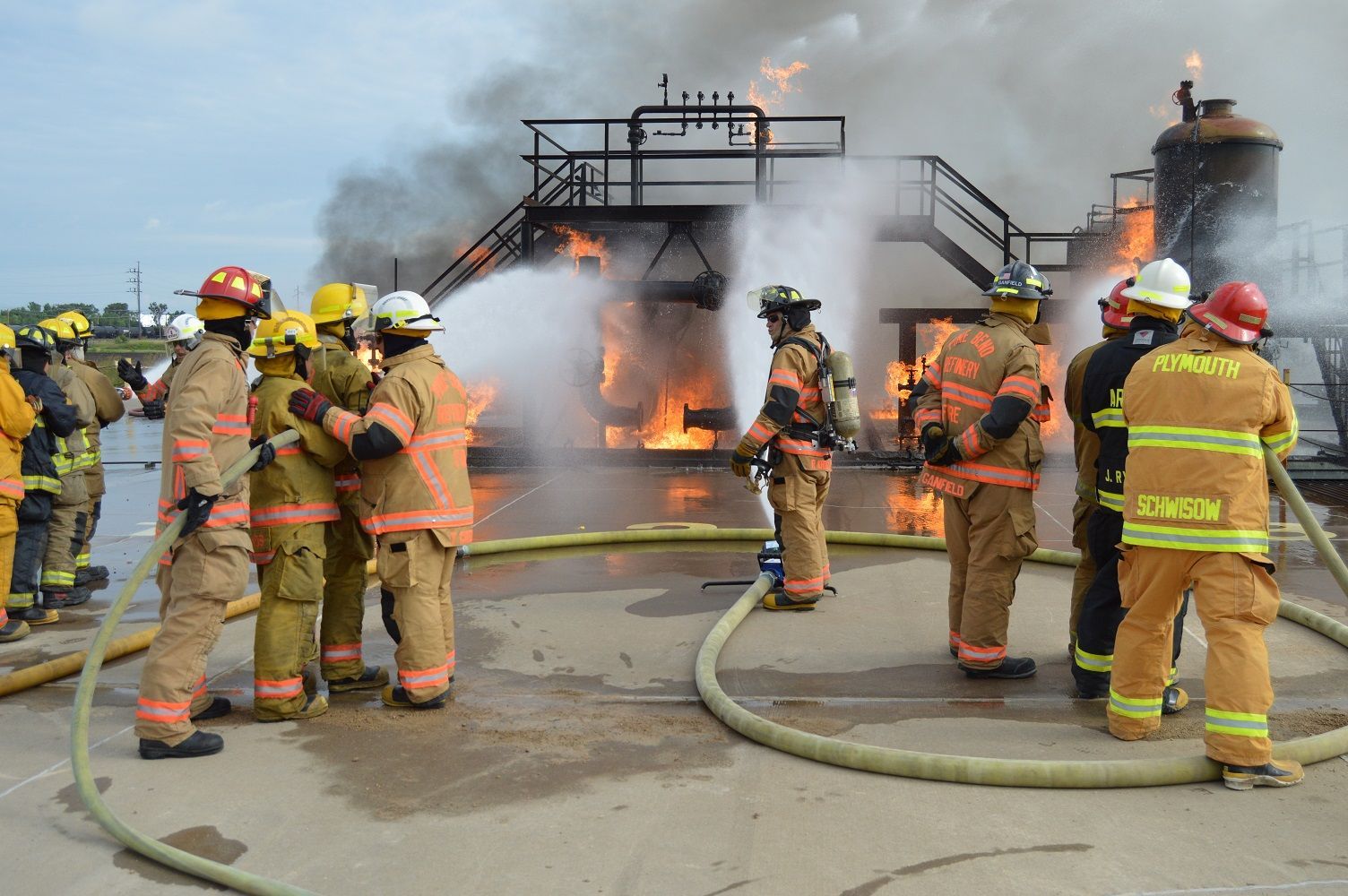Emergency preparedness is a top priority for building managers. Important factors of fire protection are sprinkler systems and firefighting preparedness programs. While sprinkler systems suppress flames rapidly, well-prepared emergency teams handle emergencies effectively.
How Do Sprinkler Systems Work?
Sprinkler systems are designed to respond quickly by managing water flow when fire breaks out. Sprinkler valves targets specific areas, focusing on the affected zone.

Key parts of fire suppression systems include:
- Nozzles: Release water to suppress heat.
- Water transport system: Ensures consistent water flow.
- Control systems: Manage sprinkler operations.
- Connected water supply: Supports continuous flow.
The Importance of Emergency Preparedness Programs
Brigade readiness programs trains teams to handle fire emergencies. Emergency skills development emphasize teamwork, ensuring swift action during dangerous conditions.

Key elements of fire brigade training include:
- Hazard identification training: Understanding fire hazards.
- Evacuation procedures: Organizing orderly exits.
- Fire suppression strategies: Learning suppression tactics.
- Team coordination: Enhancing communication.
Quando é obrigatório sprinkler?Como funciona um sprinkler?
The Synergy Between Fire Suppression and Emergency Training
Using automatic fire suppression with fire team readiness provides unmatched safety. Sprinklers reduce damage instantly, while trained fire brigades ensure proper evacuation.

Pairing technology with skills offers unparalleled fire safety for homes, workspaces, and large-scale operations alike.
Conclusion: Prioritizing Fire Safety with Sprinklers and Training
Investing in sprinkler systems and providing fire brigade training provides peace of mind. Working hand-in-hand, these strategies save lives.
Take action for a safer tomorrow by installing a sprinkler system and initiating fire brigade training. Preparedness is the key to protection!